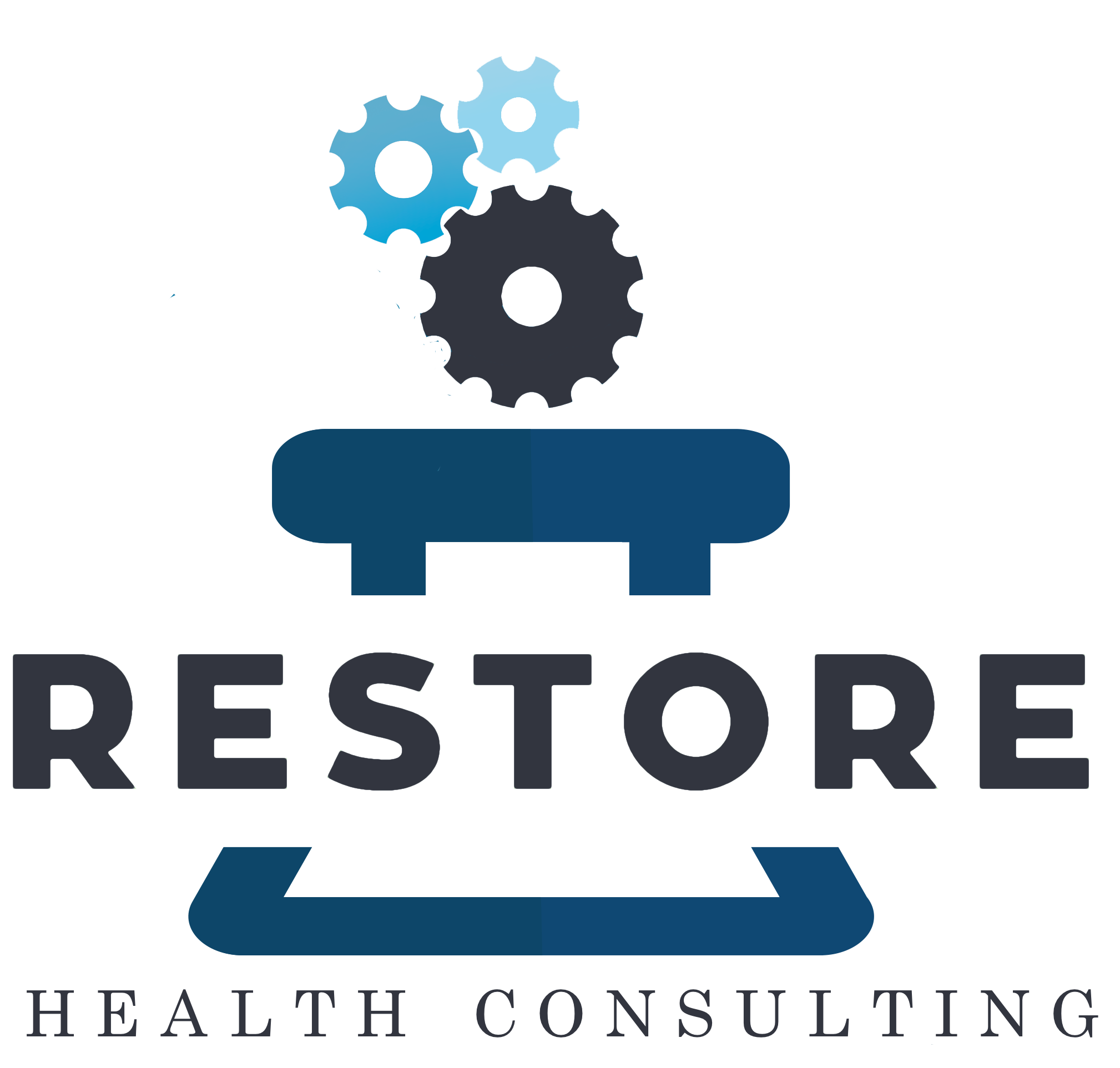The Prefilled Saline Flush Syringe Conservation Strategy During Temporary Shortage
Healthcare Professionals: There are currently shortages of prefilled 0.9% sodium chloride IV lock/flush syringes.
The U.S. Food and Drug Administration (FDA) announced on March 21, 2022 that the United States is currently experiencing an interruption and shortage in the supply of prefilled 0.9% sodium chloride (saline) IV lock/flush syringes because of the COVID-19 supply chain challenges during the pandemic and beyond. This includes the permanent discontinuance of certain prefilled line lock/flush syringes.
The Background
Prefilled 0.9% sodium chloride intravenous lock/ flush syringes are single use syringes filled with sterile 0.9% sodium chloride (saline) solution, and can come in different volumes. The syringe is used to help prevent vascular access systems from becoming blocked and to help eliminate medications that could be left at the catheter location.
As Reported by FDA
On March 21, 2022, the FDA added prefilled 0.9% sodium chloride IV saline flush syringes (product code NGT - Saline, Vascular Access Flush) to the medical device shortage list and device discontinuance list. The device shortage list reflects the types of devices the FDA determined to be in shortage. FDA will continue to update the list as needed. The FDA also carefully reviews each notification under section 506J of the Federal Food, Drug, and Cosmetic Act received and uses this information, along with any additional details about the supply and demand of a device, to determine whether a device is in shortage.
On January 14, 2022, the FDA updated the table of device types and corresponding product codes identified as devices that FDA believes are critical to the public health during the COVID-19 pandemic under section 506J(a)(1) of the FD&C Act to include prefilled saline flush syringes (product code NGT).
The FDA lists FDA-cleared prefilled saline flush syringes in the FDA’s 510(k) Premarket Notification database under the product code NGT (Saline, Vascular Flush).
Saline Syringe Shortages…Now What?
Here’s what the FDA is recommending to do while supplies are short:
Use preservative-free, sterile 0.9% sodium chloride single-dose vials.
Use heparin lock flush syringes, typically used to flush an IV catheter, to help prevent blockage within the catheter after receiving an IV infusion, if medically appropriate and in accordance with your facility’s policy, unless contraindicated in the manufacturer’s labeling.
Do not use expired prefilled saline lock/flush syringes because they may have decreased volume, degraded ingredients, or sterility that may compromise the device’s performance and increase patient risk.
Do not use prefilled saline lock/flush syringes that are not FDA cleared.
Contact FDA at deviceshortages@fda.hhs.gov, your group purchasing organization, local product representative, distributor, or account manager, if the conservation strategies are not acceptable to maintain an adequate supply.
Consider recommendations from FDA or professional organizations, for other strategies that might be appropriate for your business practice.
Potential Compounding Opportunity?
FDA is working with manufacturers to help mitigate the shortage, and will monitor the situation to help ensure prefilled 0.9% sodium chloride IV lock/ flush syringes are available for patients where intravenous infusions are medically necessary. The FDA will inform the public if significant new information becomes available. In the meantime, it appears that prefilled 0.9% sodium chloride flush syringes could be a drug for compounders to develop and fill the gap in the supply chain.
For questions about FDA’s letter on this shortage, submit questions or concerns in the FDA webform here.
References
Notify the FDA About an Interruption or Permanent Discontinuance in Device Manufacturing (506J Notification): https://fdaprod.secure.force.com/shortages/
Prefilled Saline Flush Syringe Conservation Strategies - Letter to Health Care Personnel: https://www.fda.gov/medical-devices/letters-health-care-providers/prefilled-saline-flush-syringe-conservation-strategies-letter-health-care-personnel
Reporting Serious Problems to FDA: https://www.fda.gov/safety/medwatch-fda-safety-information-and-adverse-event-reporting-program/reporting-serious-problems-fda
Disclaimer
The information provided on this website does not, and is not intended to, constitute legal advice; instead, all information, content, and materials available on this site are for general informational purposes only. Information on this website may not constitute the most up-to-date legal or other information. Readers of this website should contact their attorney to obtain advice with respect to any particular legal matter.
